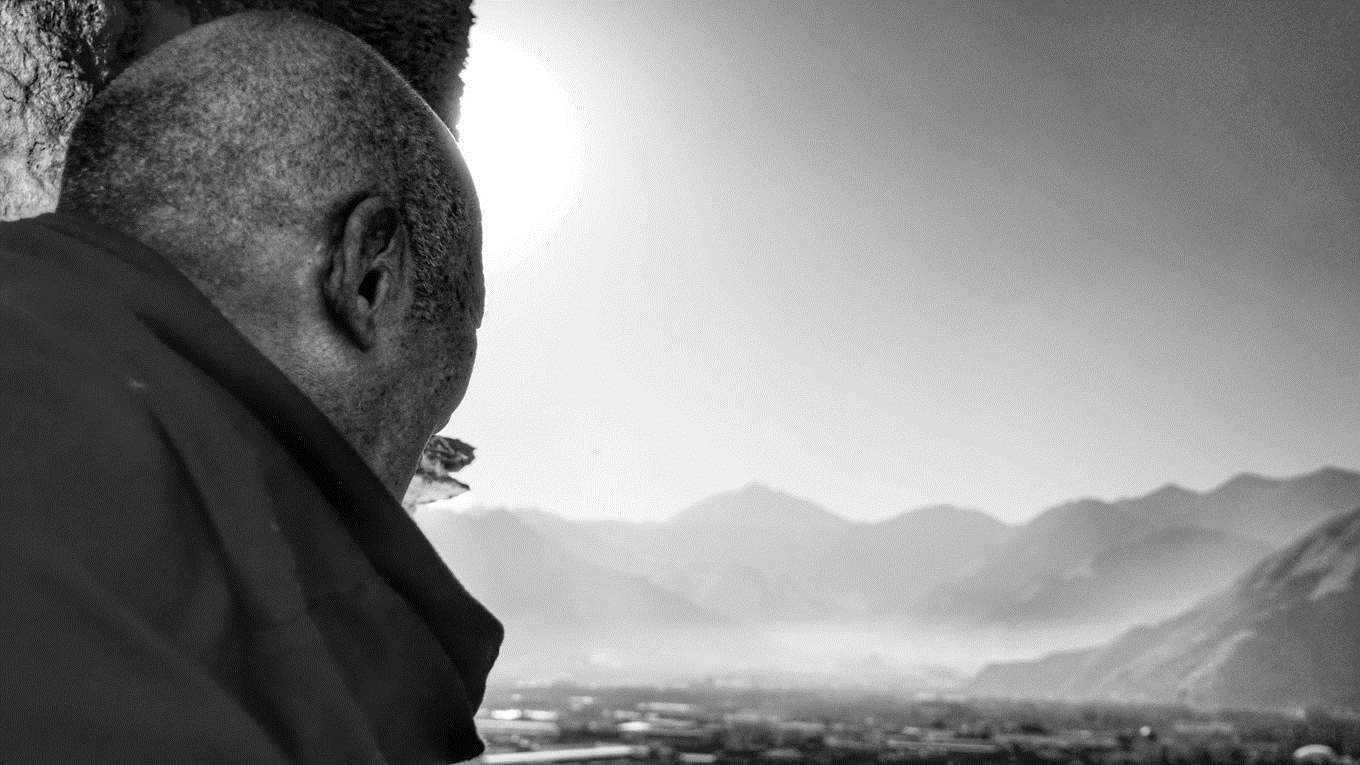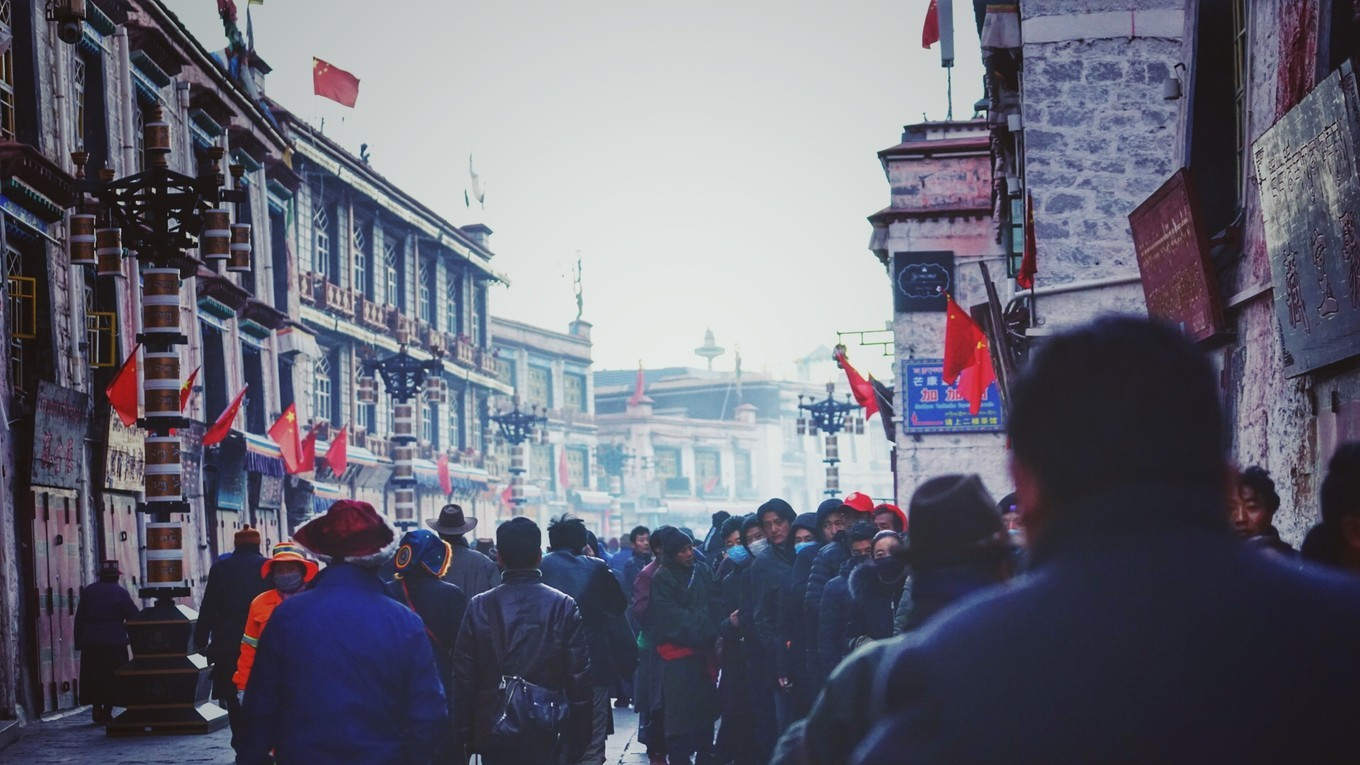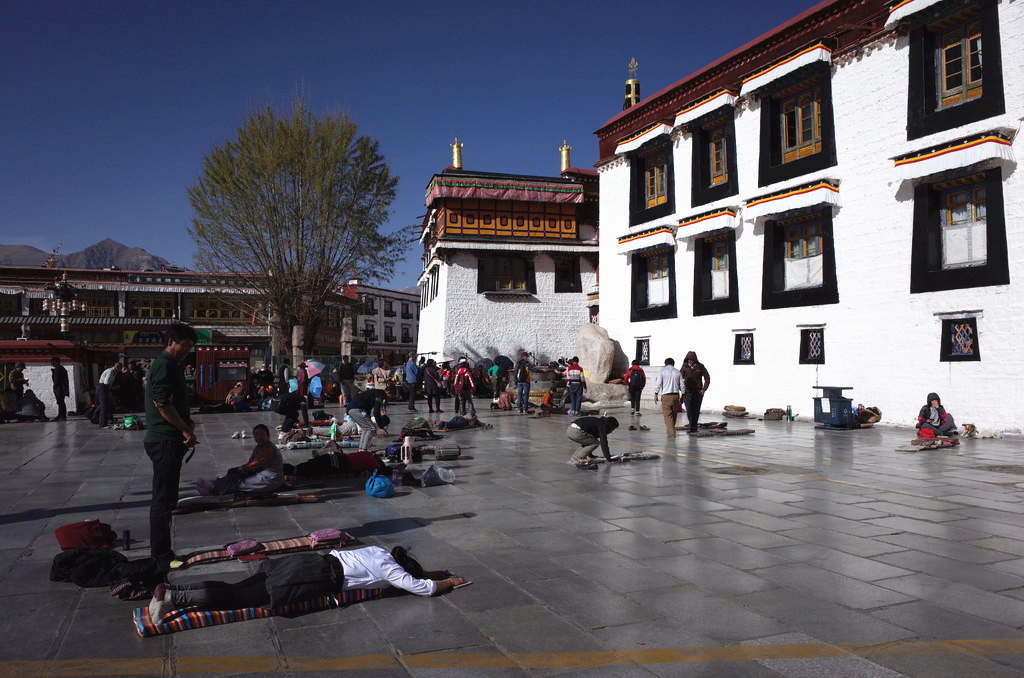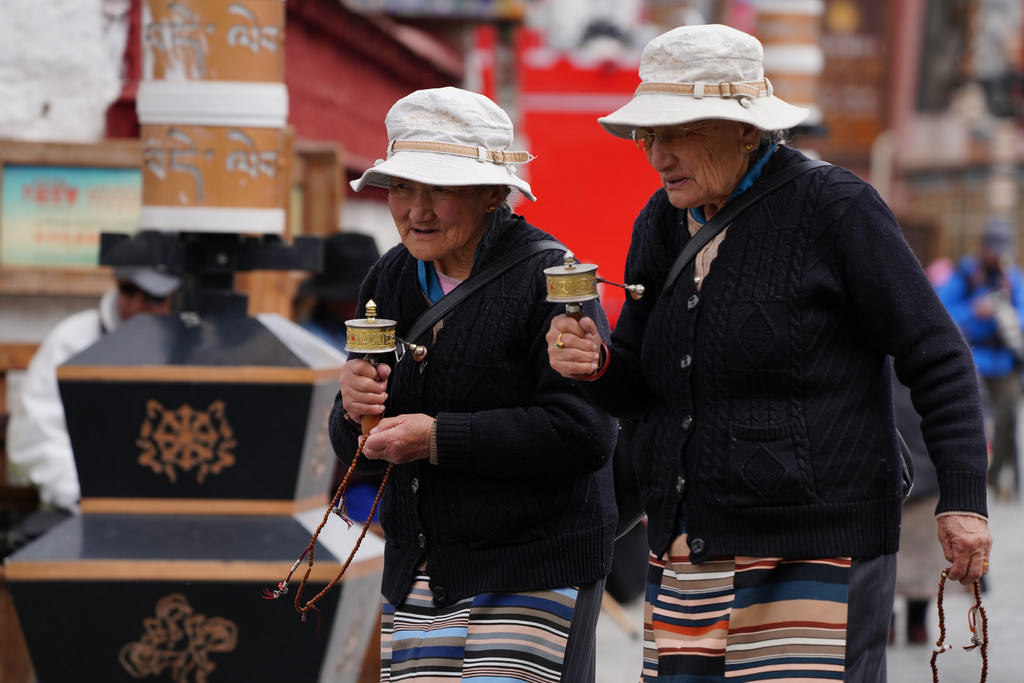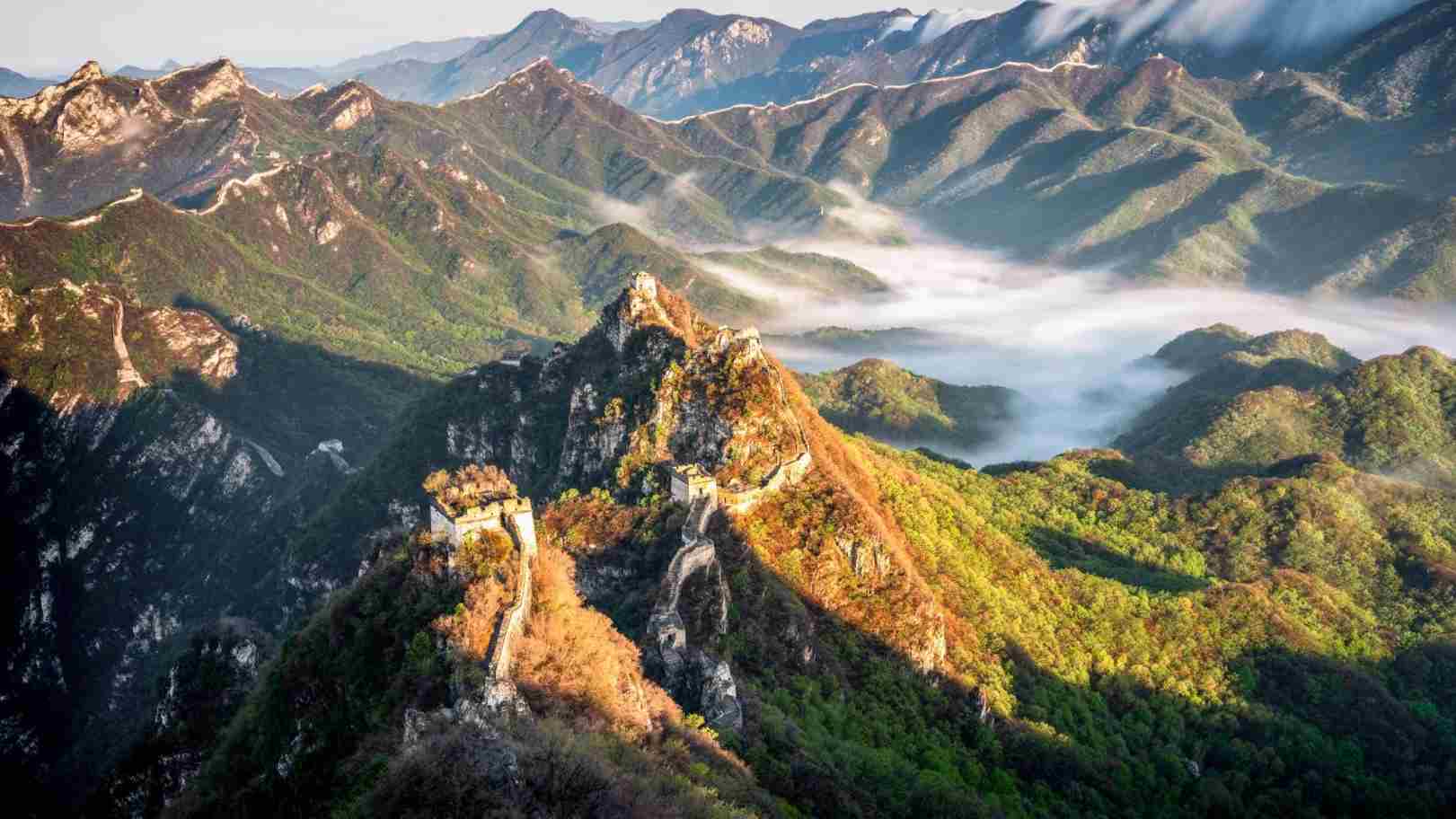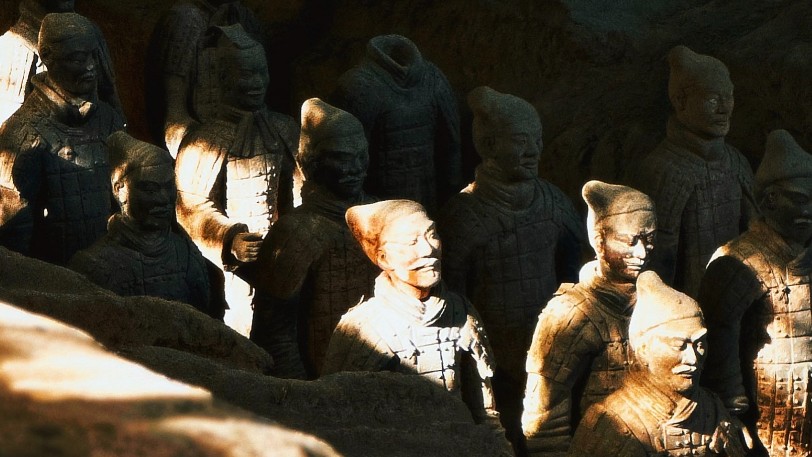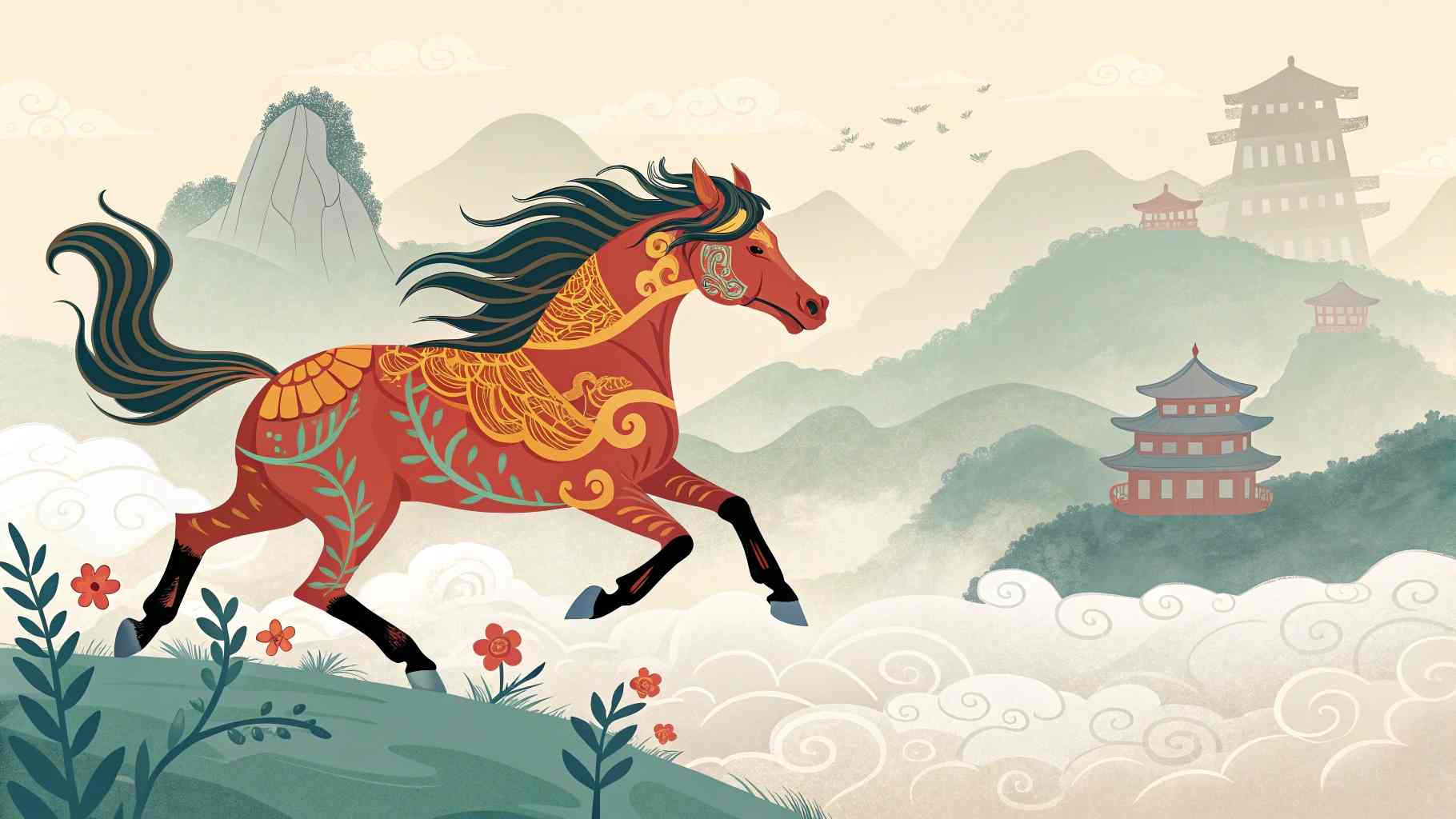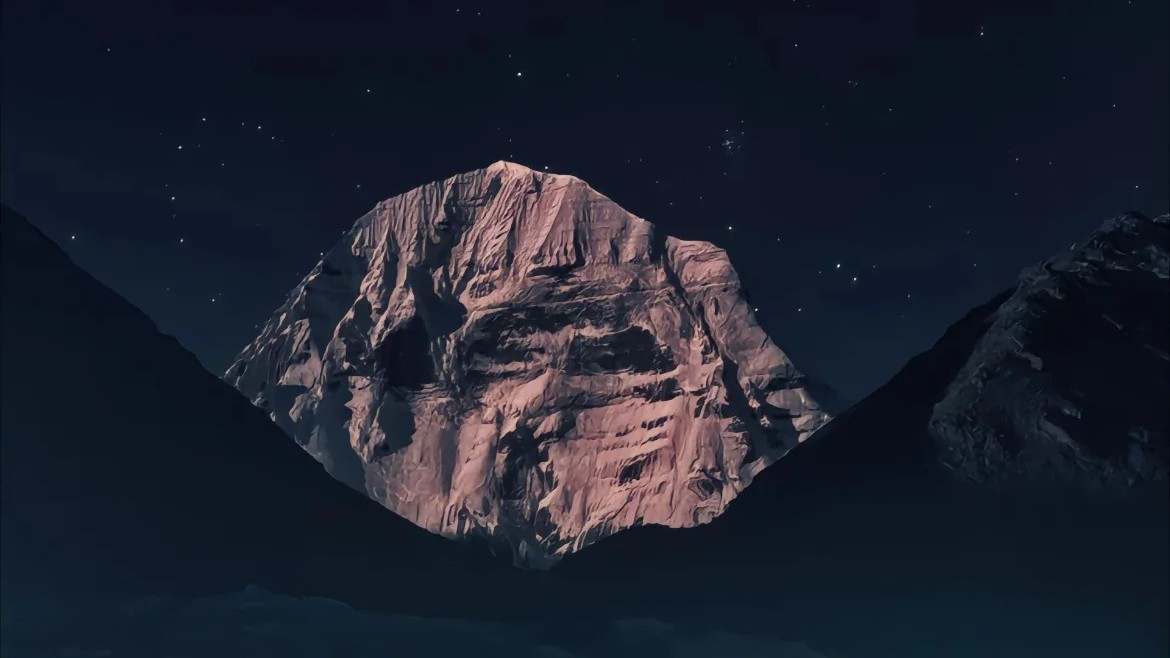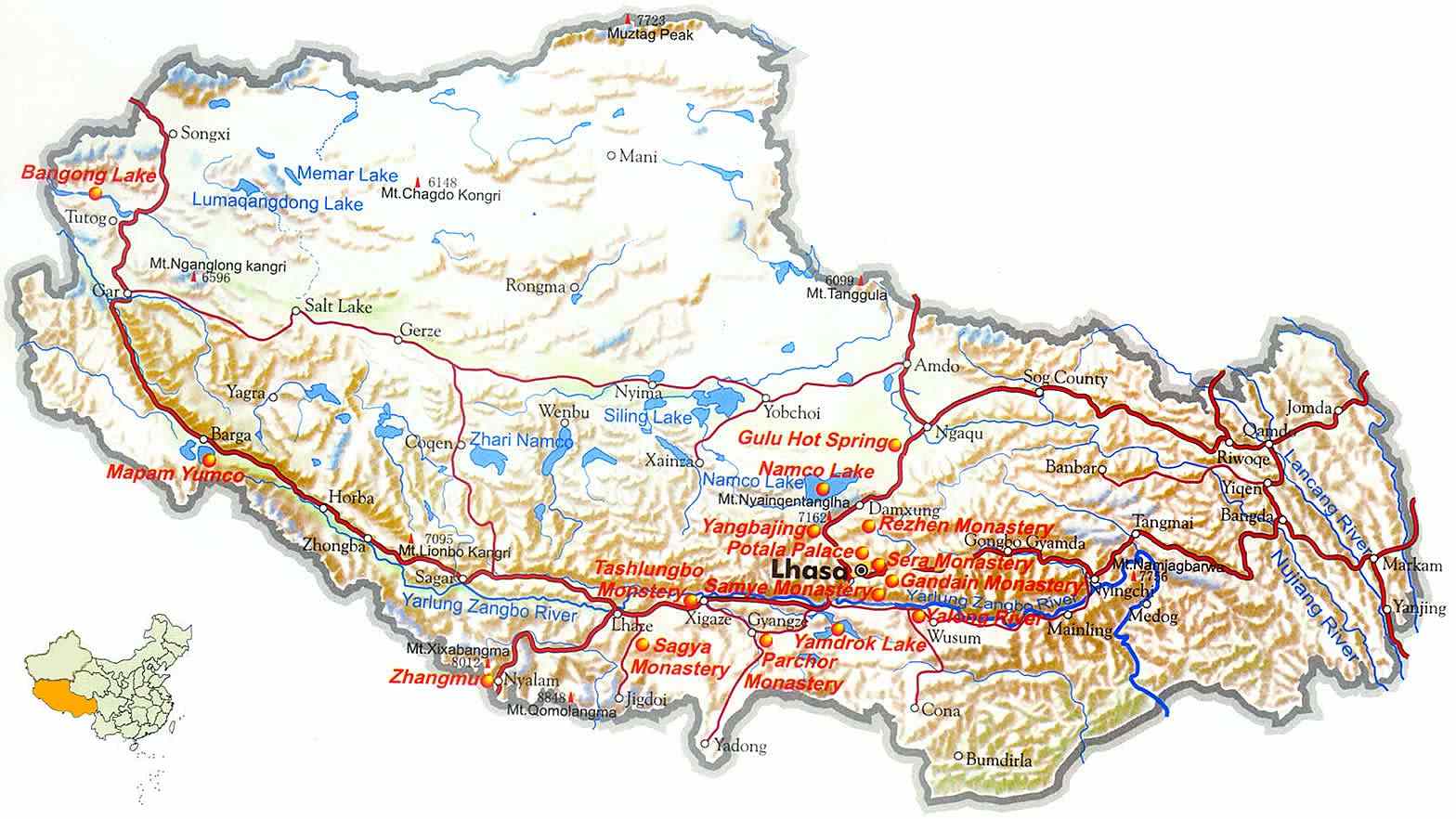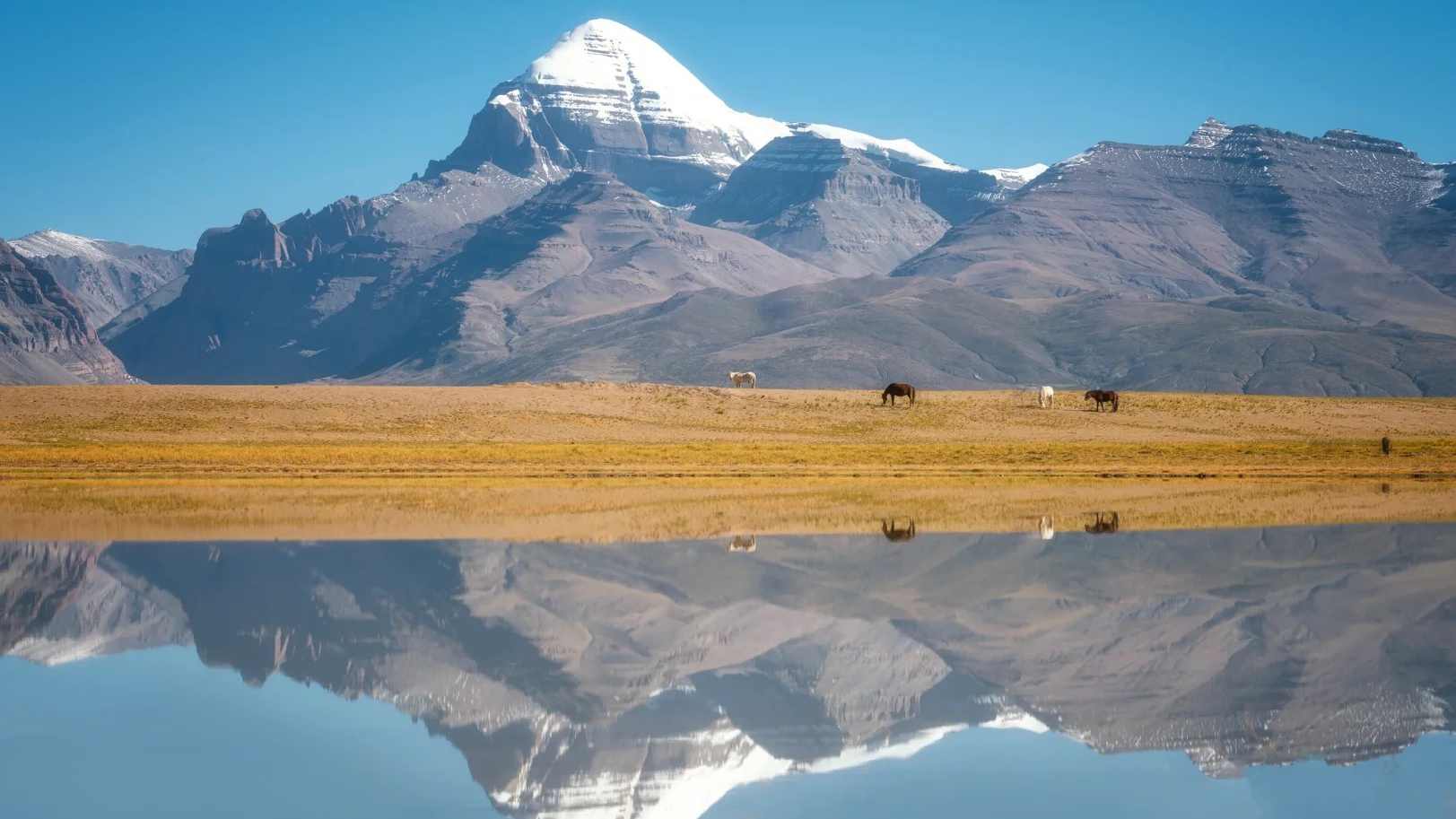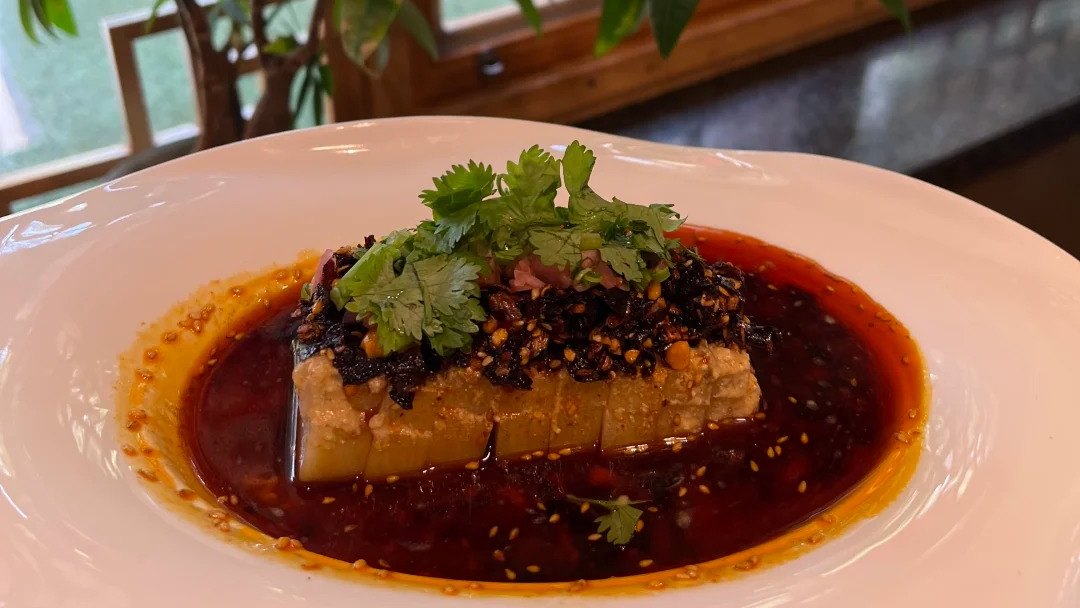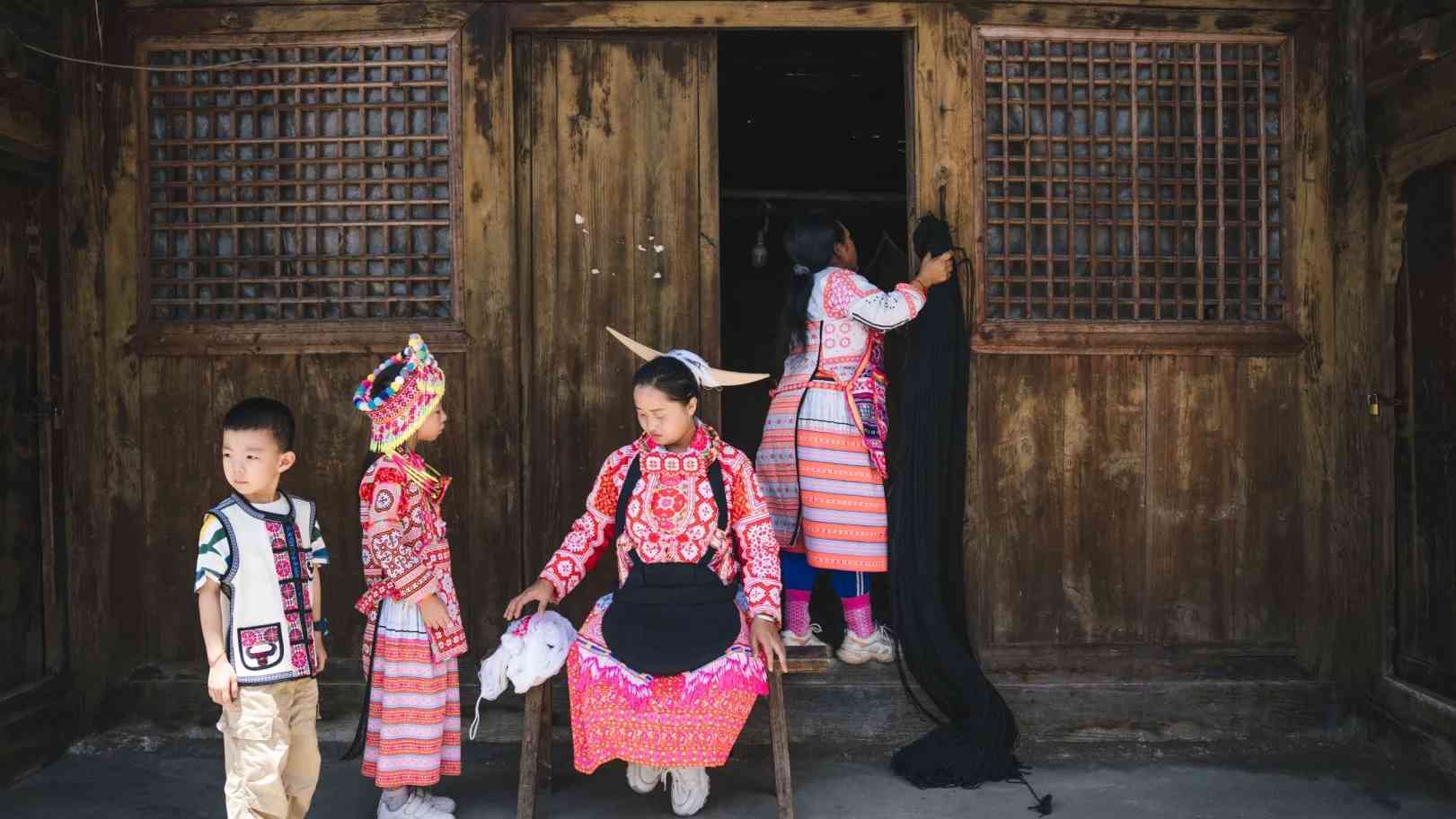After returning from an unforgettable trip to Tibet, followed by a brief rest and a flurry of work, my mind brimming with images of majestic snow-capped mountains, serene glaciers, weathered peaks, endless blue skies, and tranquil lakes. The allure of Tibet has left an indelible mark on me, a sentiment commonly known as the 'Tibet Syndrome'. This powerful experience compelled me to put pen to paper and share my journey, encapsulating my long-held dreams, the awe of initial contact, and the tears of joy and astonishment that accompanied me along the way. Remarkably, it wasn't until a month after my return that I found the words to encapsulate my adventure.
Battling the Enigma of Altitude Sickness
Having decided in February to venture to Lhasa by plane during the spring season, I was a stranger to altitude sickness. To be prepared, I intermittently took Rhodiola Oral Liquid for reassurance. Nevertheless, my plans were challenged by an unexpected cold on the thirteenth day. Amidst internet searches like 'Can one survive a cold in Tibet?' and a regimen of medicine and timely fluids, I refused to surrender the opportunity I'd yearned for years. Countless hours spent in the library studying travel guides built up to this moment, and I was determined not to let go. And so, Schrödinger's cat of altitude sickness traveled with me, only to reveal its presence dramatically at the Lhasa Gonggar Airport.
Also, altitude sickness descended upon me with ferocity, mirroring a tempest. The specifics of that harrowing day are best left untold. Suffice it to say, the 'Gao Yuan An' capsules - Plateau Peaceful in English, glucose, cold and fever medication, and copious hot water became my companions. The human presence on the Qinghai-Tibet Plateau is nothing short of miraculous, requiring unwavering faith in the face of such challenges.
In hindsight, my experience compels me to share several insights: Firstly, rigorous physical exercise in the six months preceding the Tibet visit bolsters the heart's ability to endure hypoxia, but it's prudent to halt working out a month before the trip. Secondly, if possible, consider flying to Nyingchi (elevation 2,900m) before reaching Tibet to acclimatize gradually. Thirdly, never embark on a Tibetan journey with a lingering cold. Thankfully, my recovery was swift this time, as the potential consequences could have been dire. Lastly, past immunity to altitude sickness doesn't ensure immunity in the future. Vigilance is key.
Embracing Lhasa's Radiance
As I touched down in Lhasa, delicate snowflakes danced through the air. Upon entering the city, a radiant sun illuminated everything in sight. The proximity of the Potala Palace against the backdrop of a clear sky was surreal. A tranquil goddess reclined upon the highest peak, her palace the azure heavens and her subjects the golden earth – a majestic sight transcending time.
Arriving during Losar, the Tibetan New Year, I joined countless pilgrims in Lhasa. Tibetans comprised most of the crowds, outnumbering tourists during this off-peak season. Last year, reports spoke of a peak-season influx of 3.2 million visitors to Lhasa, whereas this New Year saw a modest 800,000. Barkhor Street, encircling the Jokhang Temple, bustled with pilgrims turning prayer wheels, performing prostrations, and circumambulating the temple with loved ones, belongings, or children in tow.
During my explorations, I noticed a distinctive gait among Tibetan women, especially the elderly. After extensive online research, I learned that years of domestic labor coupled with habitual waist-loading led to lumbar issues, often resulting in a slightly uneven hip height. This explanation was further confirmed by a local Tibetan in Lhoka. Nonetheless, the charm of these women lay in their contagious laughter and innocent smiles, transcending age.
Barkhor Street, with its labyrinthine alleys, captivated me for three days straight. Lhasa's two to three-story houses granted views of the Potala Palace from nearly every vantage point. The city's old quarters were replete with Tibetan architecture, often inducing wanderers to lose their way. Shops along the streets catered to tourists with specialty items, fabrics, beads, and sweet tea houses. These elements – sustenance, attire, and spirituality – defined the essence of their lives.
Unexpected Treasures: A Glimpse into Local Life
A serendipitous find - Chongsaikang Lane, offered a lively local market experience. An array of stalls buzzed with activity, particularly those showcasing Tibetan jewelry, which seemed to captivate the people, including the monks. The intrinsic link between jewelry and the spiritual essence seemed palpable, as if these adornments held profound significance, regardless of material wealth.
Yet, amidst the beauty of this culture, tourists must acknowledge their role as visitors. During the collective Tibetan New Year celebrations, my presence had already consumed valuable resources. Consequently, I was mindful to respect local customs, refraining from touching children's heads or photographing sacred artifacts. Embracing cultural differences enriched my experience.
On my third day, I continued to grapple with the effects of altitude sickness, but my resolve remained steadfast. Strolling hand in hand with my wife through Lhasa's streets, the discomfort was outweighed by determination. We ventured beyond the Jokhang Temple's periphery, explored Norbulingka Summer Palace, and savored the unforgettable flavors of Tibetan cuisine.
Norbulingka's grounds were alive with Tibetan devotees, adorned with dried foods, kettles, and butter candies. Open to the public were the 7th to 14th Dalai Lama's Palaces, while the 8th Dalai Lama's Scripture library featured a splendid statue of Avalokitesvara that awed the children. Pilgrimages to this site during New Year festivities offered invaluable insights, especially for the young ones.
The Auspicious Holy Snow Restaurant captured my attention, not only for its delectable cuisine but also for its quaint private museum showcasing ancient Tibetan artifacts. The landlady's grandmother, who had been part of the first team to summit Everest, added a layer of intrigue. Her story personified resilience and adventure, a true embodiment of the spirit of exploration.
‘Guang Ming Qong’ Sweet Tea House beckoned me with its reputation, a sprawling establishment where tables and benches clustered with animated patrons. While the decor was weathered, the establishment thrived, predominantly frequented by locals, their camaraderie, as they sipped sweet tea and engaged in spirited conversations, painted a vivid picture of Tibetan life – pure and enduring.
In Conclusion
My journey to Lhasa was transformative, a sensory-rich tapestry woven with cultural immersion, breathtaking landscapes, and personal growth. As I departed from Tibet, the realization of the symbiotic relationship between humanity and nature lingered, leaving an imprint that time cannot erase.


